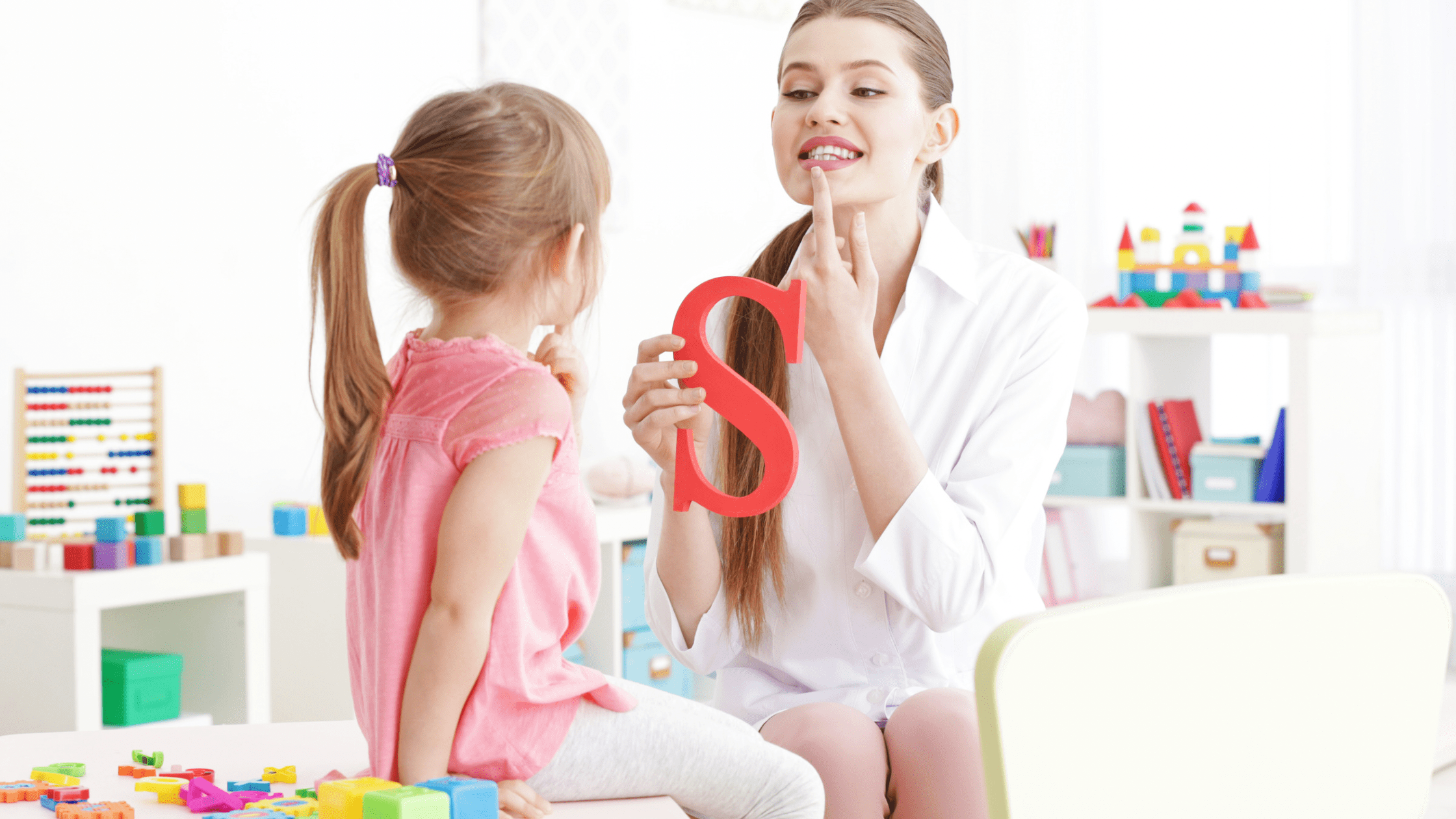Attaining proficiency in the alphabetic sounds is the foundation for mastering spelling and vocabulary. Children who learn phonics read more quickly and fluently.
This pronunciation lesson is designed for 3-6-year-old children to help them pronounce the phonic sound of the letters a to z.
Why are phonic sounds important to learn the pronunciation?
English uses letters from the alphabet to represent sounds. It is imperative that children know about the connections between letters and sounds. These notes are taught by Phonics to help children know how to look through and read them.
Children study the sounds that each letter produces and how altering them can alter the meaning of a word. Pronunciation training also improves the ability of the children to spell. Their ability to comprehend sounds helps them select the appropriate phonograms for spelling.
Students can decode words to read more effectively and comprehend them better after learning the phonetic sounds, which is also beneficial for expanding vocabulary.
Pronunciation of Letters
An effective teaching method that has been shown to help students read is phonics. It blocks kids from mugging up words, and they can understand word formation with ease. There are 26 alphabets in the English language. Out of these 5 alphabets are vowels (a, e, i, o, u) whereas the rest 21 alphabets are called consonants.
Sounds of the vowels are voiced. That means vocal cords vibrate while we are producing the basic sounds of these vowels. Vowels when combined with other vowels or consonants tend to change their sounds.
The consonants like b, d, g, j, l, m, w, r, v, y, z are also voiced consonants. The consonants f, k, p, s, t are unvoiced consonants that means the vocal cords do not vibrate while the particular sound is produced.
Let us study these sounds in depth.
Pronunciation of Letter a
The letter ‘a’ has five distinct sounds –
Sound 1 – a says æ (short vowel) as in apple, ant, animal, act, arrow.
Sound 2 – a says A (long vowel) as in ace, ate, age.
Sound 3 – a says aa as in car, far, mask, bath, flask,
Sound 4 – a says o as in wall, fall, call.
Pronunciation of Letter b
The consonant b says ‘buh’ as in book, bag, basket, bash.
It produces an explosive sound. The air is puffed in and is released with a bit of force. The sound is not stretched and ends at ‘buh’. It cannot be pronounced as ‘buhhhh’.
Pronunciation of Letter c
The letter c has 2 sounds –
Sound 1 – c says /k/ if it is followed by a, o, u and a consonant at the end of the word as in cat, cake, cutter, comb. It is also known as the hard sound of the alphabet c.
Sound 2 – c says /s/ if it is followed by e, i, y as in cent, cell, cinema, juicy. It is also known as the soft sound of the alphabet c.
Pronunciation of Letter d
The consonant d says ‘duh’ as in drum, dash, duck, desk.
Everytime we produce the sound of letter d, the tongue should touch the upper part of the mouth.
Pronunciation of Letter e
The vowel e has 3 different sounds –
Sound 1 – e says eh (short vowel) as in egg, elephant, enter, bed, jet
Sound 2 – e says ee as in bee, week, meet, seek, leak, beat.
Sound 3 – e says ay as in cafe, latte, resume.
Pronunciation of Letter f
The letter f says ‘fuh’ as in fan, flag, fresh, flat. Since this sound is intended to be continuous, it must be pronounced evenly and smoothly when spoken for brief periods of time. The lips are relaxed when producing the /f/ sound.
Pronunciation of Letter g
The consonant g has 2 sounds –
Sound 1 – g says /g/ g/if it is followed by a consonant as in glass, gum, game, grass. The consonant produces the same sound when it comes at the end of the word as in drag, fig, bug. It is also known as the hard sound of the alphabet g.
Sound 2 – g says /j/ if it is followed by e, i, y as in gin, gym, gel, giraffe. It is also known as the soft sound of the alphabet g.
Pronunciation of Letter h
The consonant h produces the sound /h/ as in hog, horse, house, head, hammer. The sound is created when the back of the tongue slightly contracts within the throat.
Pronunciation of Letter i
The vowel i has 3 different sounds –
Sound 1 – i says ih (short vowel) as in ink, igloo, inlet, issue,
Sound 2 – i says ee as in taxi, recipe, jacuzzi .
Sound 3 – i says ai (long vowel) as in white, ride, pine, mine.
Pronunciation of Letter j
The letter j is pronounced as /ʤ/ as in jug, jackal, jammer, jump. The sound is produced when the air is released with friction.
Pronunciation of Letter k
The consonant k produces the sound of /k/ as in kit, kennel, kite, koel.
To make its pronunciation, raise the back of the tongue to touch the roof of the mouth and then release.
Pronunciation of Letter l
The consonant L has 2 sounds –
Sound 1 – Dark sound – when l comes after a vowel or diphthong as in doll, wall, school, petrol.
Sound 2 – Light sound – when l comes before a vowel or diphthong as in lamp, last, lend, load, linger.
Pronunciation of Letter m
The sound of the alphabet m has to be said for a few seconds at a time with an even and smooth pronunciation – /mm/ as in mango, mop, moon, master.
Pronunciation of Letter n
N is a consonant with the sound /n/ as in nest, narrow, nail, neck. The mouth is pressed against the tooth ridge and allows the air to pass through the nose.
Pronunciation of Letter o
The vowel O has 3 sounds –
O says /ɑ/ (short vowel) as in ox, olive, octopus, offer, ostrich.
O says /O/ (long vowel) as in total, note, node, tomato.
O says /uh/ as in monkey, honey, glove, front.
Pronunciation of Letter p
The letter p says /p/ as in parrot, pest, pond, pig. To make a sound, put the lips together and press them apart in the mouth.
Pronunciation of Letter q
The letter q has 2 sounds –
Sound 1 – q says /kw/ as in quest, quill, quilt, queen.
Sound 2 – q says /k/ as in quiche, quinoa, Quran, Qatar.
Pronunciation of Letter r
R says /r/ as in rattle, rainbow, reptile, result, room. To make the correct sound of the letter r, the mouth makes a small circle.
Pronunciation of Letter s
The consonant s says /s/ as in snow, summarise, social, sunset. Gently blow the air between the teeth to produce a hissing sound of the letter s.
Pronunciation of Letter t
The alphabet t says /t/ as in tunnel, top, trunk, tomato, topic. The sides of the tongue press against upper teeth to stop the airflow and produce the sound of t.
Pronunciation of Letter u
The vowel u has 3 sounds –
Sound 1 – u says /yu/ (long sound) as in tube, music, fuse, brute, flute.
Sound 2 – u says /uh/ (short sound) as in nut, mug, uncle, umbrella.
Sound 3 – u says /oo/ (long sound) as in full, juice, sugar, true.
Pronunciation of Letter v
The consonant v produces the sound of /v/ as in vegetables, vulture, vanity, verbal. The sound of the alphabet m has to be said for a few seconds at a time with an even and smooth pronunciation – /vv/. The lips are relaxed and jaw is closed as we pronounce the letter v.
Pronunciation of Letter w
The letter w has 2 sounds
Sound 1 – w says /w/ as in word, watch, woman, wear.
Sound 2 – w says /wh/ as in what, when, where, white.
Pronunciation of Letter x
The consonant x has 2 sounds
Sound 1 – x says /ks/ as in extra, max, fox, taxi.
Sound 2 – x says /gz/ as in exact, exemption, excellent.
Pronunciation of Letter y
The alphabet y has 3 different sounds
Sound 1 – y says /y/ as in yacht, yellow, yes, yak.
Sound 2 – y says /I/ as in shy, fry, cry, sky, my.
Sound 3 y says /e/ as in lazy, happy, hazy, glazy, puppy.
Pronunciation of Letter z
The consonant z is the last letter and says /z/ as in zebra, zest, zucchini, zip. It produces a continuous sound for a few seconds saying /zz/.

